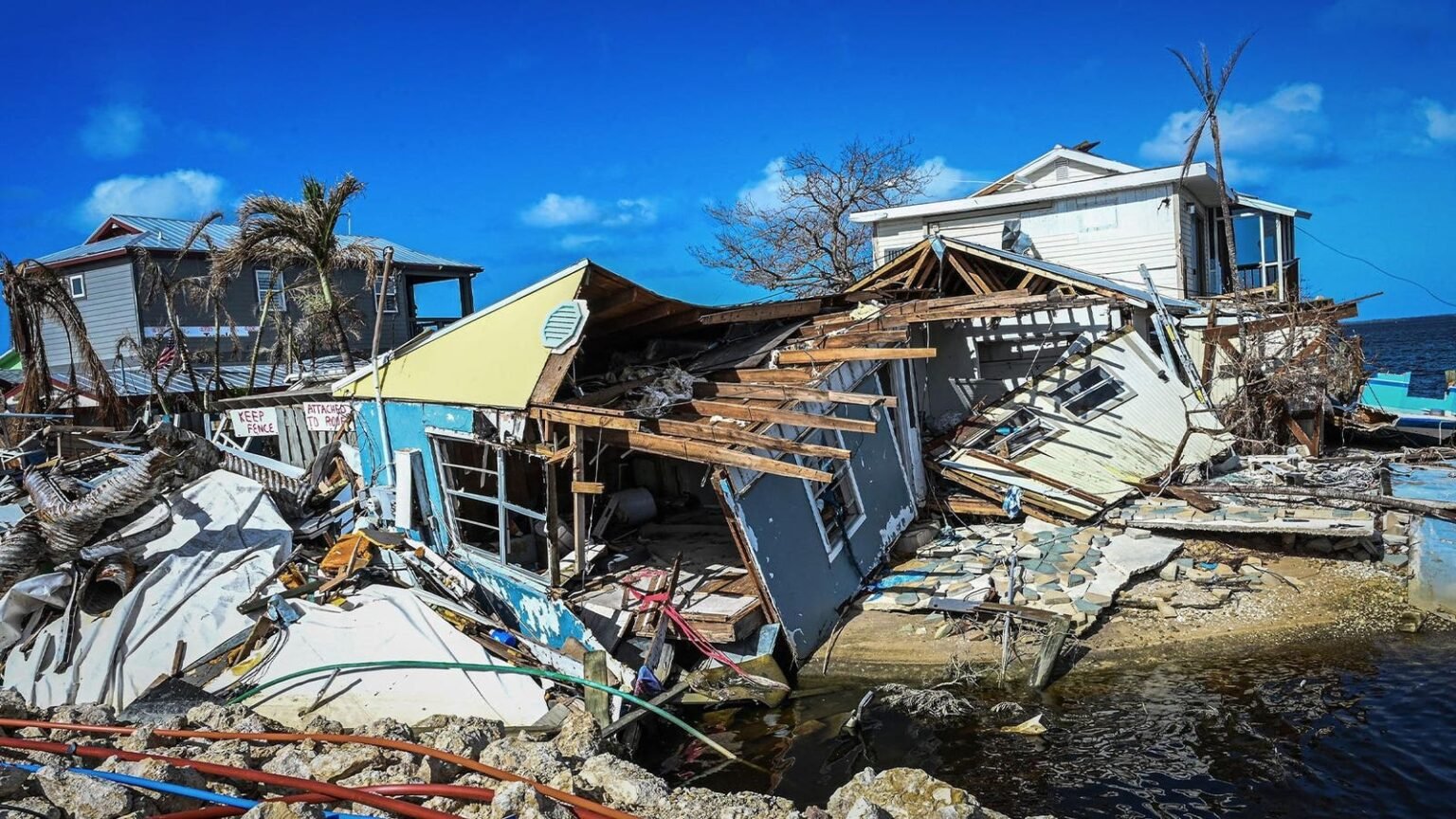Catastrophe bonds were the top performing alternative asset class in 2023, with a 20% return. A new ETF called ROAR, focused on catastrophe bonds, is set to launch soon, but its success may depend on the weather forecast for the upcoming hurricane season. The National Oceanic and Atmospheric Administration predicts a high chance for intense hurricanes, with significant potential for damage and financial losses. Despite this, the demand for investing in catastrophe bonds remains strong, given their historical performance and high yields.
Brookmont Capital Management, a Dallas-based investment manager, filed a prospectus for the Catastrophic Bond ETF with the SEC on July 12th. The fund will focus on catastrophe bonds and other insurance-linked securities, offering a way for investors to access this high-yield asset class. Chief Investment Officer Ethan Powell, who has been considering launching a catastrophe bond ETF for a decade, aims to gather at least $200 million in assets within the first year after the expected September 25th launch. The idea for catastrophe bonds originated after the devastation caused by Hurricane Andrew in 1992, which led insurers to seek alternative ways to raise capital and transfer extreme risks off their books.
Catastrophe bonds work by offering investors a high income stream with an investment grade profile and uncorrelated returns to traditional stocks and bonds. This diversification helps provide stability in a portfolio, as demonstrated by the asset class’s performance during market fluctuations in 2008 and 2020. There are risks involved with catastrophe bonds, as investors may face losses if insurers’ losses exceed predetermined thresholds, but the potential for high yields can outweigh these risks for some investors. The catastrophe bond market has grown significantly, with $47.4 billion outstanding today, and $12.7 billion worth of bonds issued so far in 2023.
Investing in catastrophe bonds has been limited to mutual funds or private wealth accounts in the past, but the introduction of an ETF could make access to this asset class easier and more affordable for investors. The Catastrophic Bond ETF faces some skepticism in the ETF industry due to the illiquidity of catastrophe bonds and the challenges of market making, but Brookmont is working with a sub-advisor to manage deal flow. The ETF’s launch on September 25th coincides with the end of hurricane season, emphasizing the awareness of the weather’s impact on the investment product. Investors are advised to carefully scrutinize the ETF’s holdings and prepare for potential price fluctuations based on weather events.

